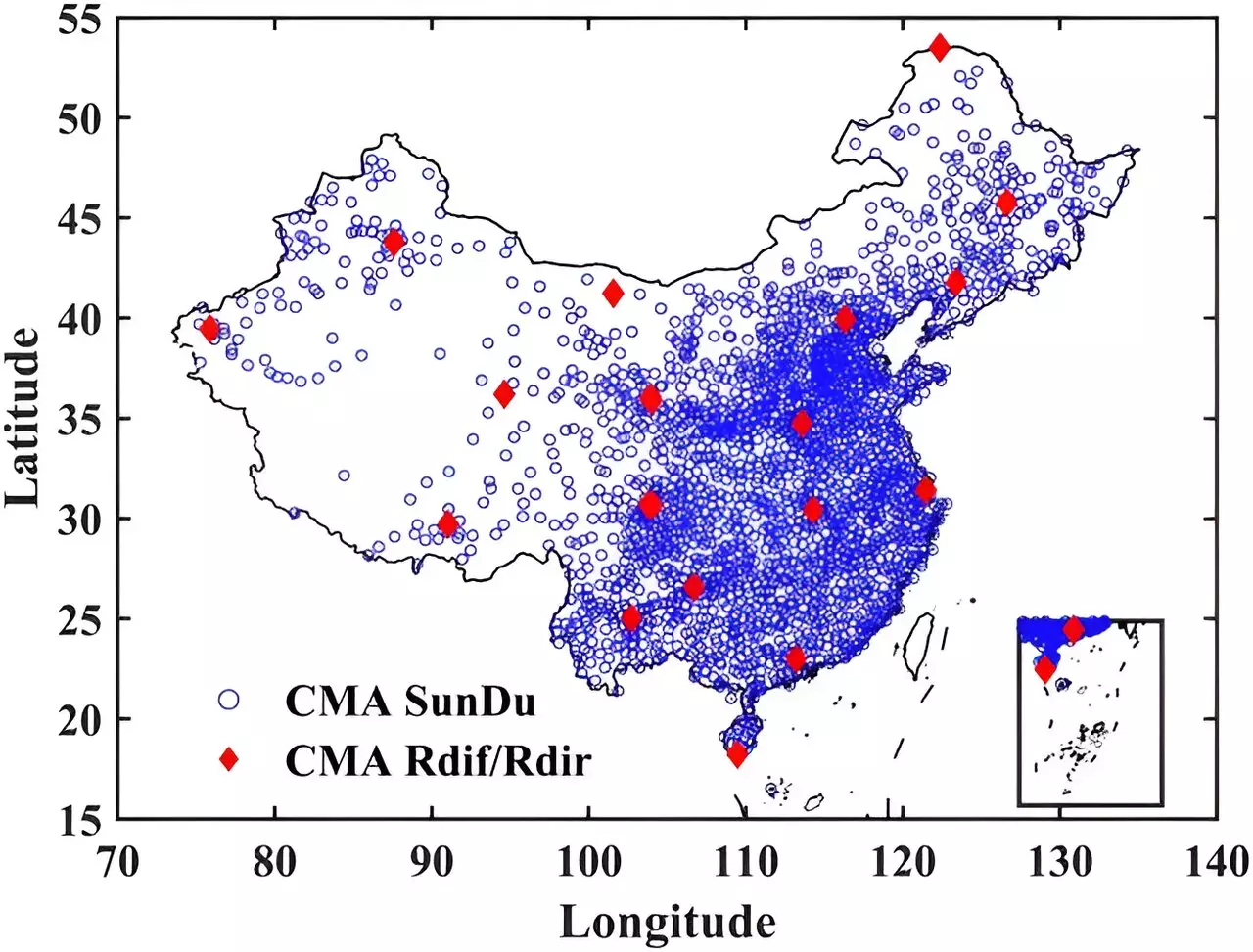A recent study published in the Journal of Remote Sensing has revolutionized the field of solar radiation estimation. Researchers have successfully utilized data augmentation in conjunction with the LightGBM machine learning model to accurately predict both diffuse and direct solar radiation. This breakthrough approach has enabled researchers to overcome the limitations of sparse and unevenly distributed ground-based observations, setting a new standard in solar energy research.
The key to the success of this study lies in the ingenious use of sunshine duration data from over 2,453 weather stations across China. By leveraging this extensive dataset, researchers were able to train machine learning algorithms on augmented data to predict solar radiation components with unprecedented accuracy. This methodology eliminates the need for local ground truth data calibration, making it a universally applicable solution for solar radiation estimation.
The validation of this model against independent datasets has not only confirmed its effectiveness within China but has also demonstrated its potential for global application. The creation of a new satellite-based dataset as a result of this study offers a detailed spatial distribution of solar radiation components, surpassing existing datasets in accuracy. This breakthrough is set to advance solar energy research and deployment, providing valuable insights for more efficient and optimized solar energy production.
Led by Professor Kun Yang from Tsinghua University, this innovative approach has set a new standard for estimating solar radiation components. By developing a satellite-based dataset with superior precision, researchers have opened new avenues for strategic site selection and system optimization in the solar energy sector. This pioneering research not only benefits China but has the potential for global scalability, marking a significant shift in solar energy research and implementation.
The impact of data augmentation and machine learning on solar radiation estimation cannot be understated. This groundbreaking study has paved the way for optimized solar energy utilization, with far-reaching implications for the future of renewable energy. It is clear that innovative approaches like these are key to unlocking the full potential of solar energy and driving advancements in the field of renewable energy research.


Leave a Reply